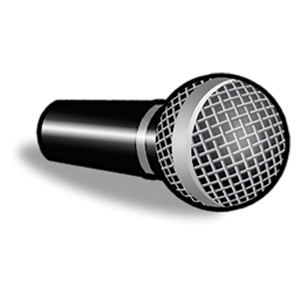
Speaker vs. Equipment vs. Speaker vs. Host
By: Ann Harman Once upon a time – and not all that long ago – the speaker’s life was easy. You selected your slides…
Read More
By: Ann Harman Once upon a time – and not all that long ago – the speaker’s life was easy. You selected your slides…
Read MoreTo maintain a sustainable apiary the beekeeper must be well trained, the colonies must be on a management plan of continuous renewal and rebuilding,…
Read MoreYou Too Can “Comment Now” Local, state and federal regulations offer opportunities for public input. By: Michele Colopy The January article in Bee Culture…
Read More
Increased Quantity Of Beneficial Fungi In Bee Bread From The Trees And Its Antifungal Propeties Against Chalkbrood By: Lynn Royce, Jay Yoder, Blake Nelson…
Read MoreWinter, The Chickens and Stress By: Kathy Summers If you live where it’s cold and snowy Winter and stress just go together. As I…
Read More
Beeswax, Wax Glands Beeswax is a complex substance made up of wax esters, fatty acids and hydrocarbons. By: Clarence Collision Wax is used by…
Read More
By: Peter Sieling The 1901 edition of ABC of Bee Culture features a woodcut with the caption “How to sit on hive-cover”. You might…
Read More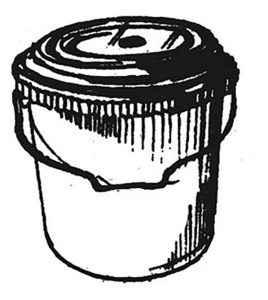
By: Ross Conrad There are various ways to feed and each option has benefits and drawbacks for you and your bees. The month of…
Read More
By: Marcel Durieux One of the charms of the top-bar hive (TBH) is its lack of standardization. It comes in a variety of forms,…
Read More
A routine aspect of beekeeping By: James E. Tew It is a beehive fact of life Occasional dead bee colonies – at any time…
Read Moreby Ed Simon To sell your honey at a farmers market or a flea market you need a gimic to get the people to…
Read More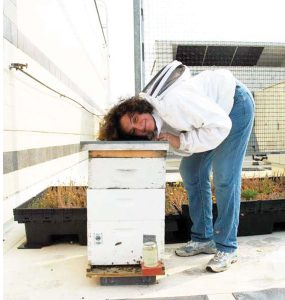
Car-Free Beekeeping: Going Green Without Burning Gas Human Powered Transit By: Toni Burnham For the past few years, we have seen a small, but…
Read More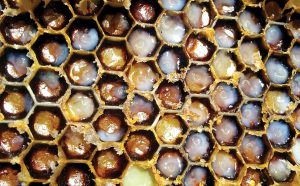
By: Maryann Frazier, Elina Niño and Christina Grozinger GRAFTING… a useful skill that many beekeepers would love to have in their beekeeping skills toolbox…
Read More
Reader Survey. Meeting Messages. By: Kim Flottum We recently conducted a reader survey. You may have been one of those contacted by the people…
Read More
By: Ed Simon Introduction: Spring is here again and you have decided to double your hive count. Of course that mans that there will…
Read More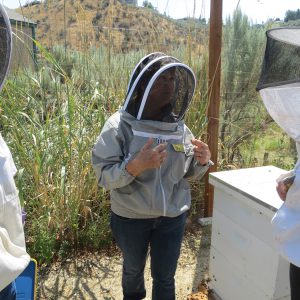
Setting up a mentoring program requires time & effort! By: Larry Connor A growing number of beekeeping organizations use mentoring programs as a means…
Read More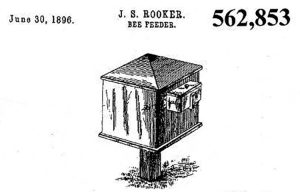
A Look At A Few Of The Dozens That Have Patents By: Jim Thompson Many different types and styles of bee feeders have been…
Read More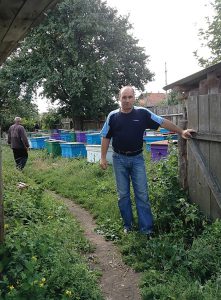
By: Tom Rearick One of the benefits of writing a bee blog is that I also get to meet interesting people from around the…
Read MoreBy: Ann Harman February is a strange month. It is the shortest one but it has quite a few days for observances. One of…
Read MoreA Big Dilemma By: Ed Colby Cats are a dime a dozen, until you need one. Mice rule the barn where I store my…
Read More